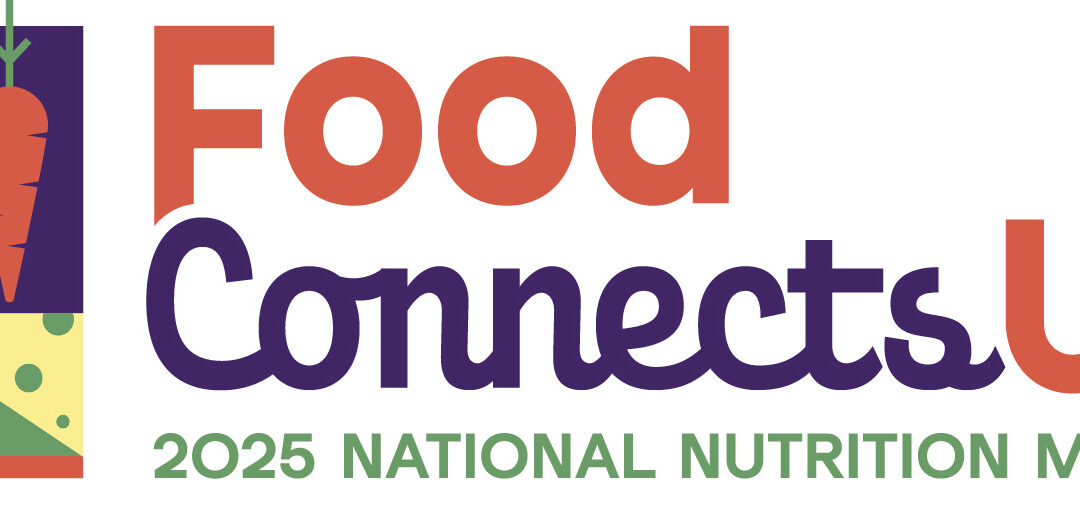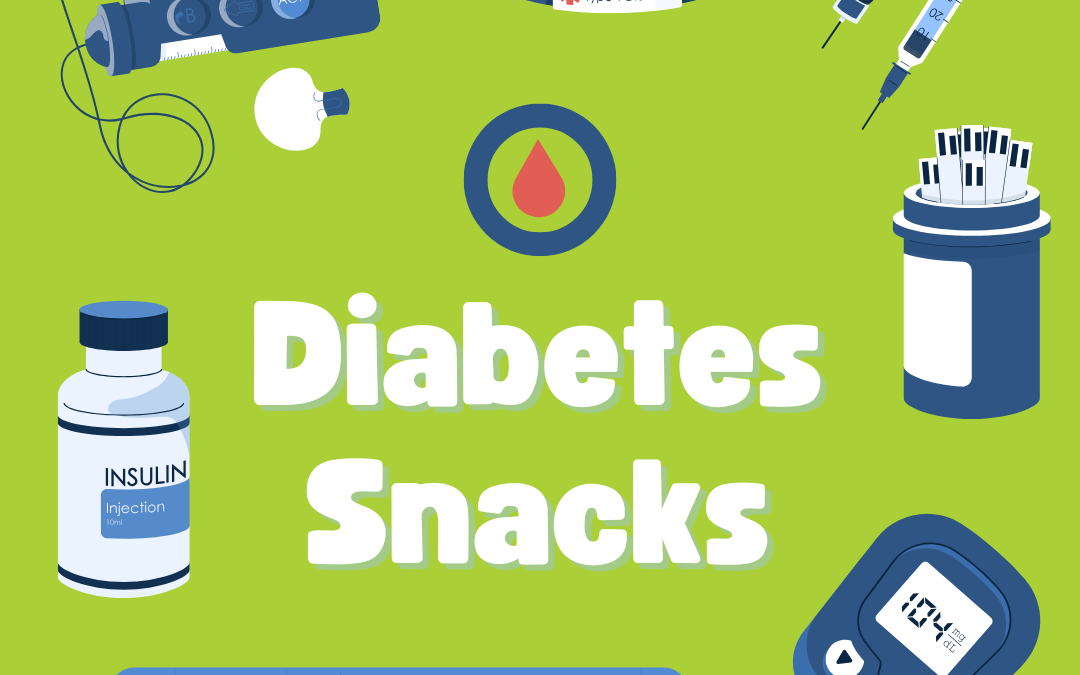Hi everyone, my name is Madeline Timm and I’m a dietetic intern currently learning from the nutrition team at Meals on Wheels of San Francisco. The nutrition team consists of registered dietitians who work to help seniors who receive Meals on Wheels stay healthy! I collaborated with them to write this article on fiber. Fiber is an important part of your diet. We’re going to talk about what fiber is, why it is beneficial, what foods have fiber and review some tips for incorporating fiber into your diet!
What is fiber?
Fiber is a carbohydrate in food that our bodies cannot digest or absorb. It can be found in whole grains, fruits and vegetables, and nuts, seeds and legumes.
Why is fiber intake important?
Fiber has many benefits. It keeps bowel movements regular, can lower cholesterol, balances blood sugar and supports our overall health. The Dietary Guidelines for Americans recommend that individuals 51+ years old consume 22 grams fiber/day for women and 28 grams fiber/day for men.
- Fiber keeps our bowel movements regular
Fiber bulks and softens stool; this makes it easier to pass and prevents constipation. Additionally, because the stool is bulked by fiber, it acts as a scrub brush for your digestive system. It cleans out any build up that may be present and reduces the risk of colon cancer.
- Fiber can lower cholesterol
Fiber binds to dietary cholesterol in the digestive system. This prevents the cholesterol from being absorbed and traveling to other parts of the body. Cholesterol instead is excreted in the stool.
- Fiber balances blood sugar
Given that fiber is not digested and absorbed, it does not cause a spike in blood sugar like other carbohydrates do. Fiber in meals and snacks slows the absorption rate of other carbohydrates, providing a more stable blood sugar response after eating as well. This is helpful in diabetes management.
- Fiber supports our overall health
Fiber keeps us fuller for longer because it takes longer to move through our digestive system. This prevents us from overeating and can aid in weight management goals.
What foods have fiber?
Fiber is found in fruits, vegetables, whole grains, nuts, seeds, and legumes. When consuming fruits and vegetables, eat the skin and seeds if possible! This is where the fiber is! Below are examples of some fiber rich foods that fall into each group.
Fruits: raspberries, blackberries, strawberries, apples, bananas, pears, grapes, prunes, and oranges.
Vegetables: brussel sprouts, artichokes, peas, corn, avocado, broccoli, squash, cauliflower, green beans, and sweet potato.
Whole grains: whole wheat bread, oat bran, quinoa, barley, wild rice, brown rice, whole wheat pasta, and popcorn.
Nuts, seeds, and legumes: black beans, chickpeas, kidney beans, lentils, split peas, almonds, walnuts, chia seeds, flaxseed, and pumpkin seeds.
Other: If you can’t get enough fiber from whole foods or have a medical condition that limits your fiber intake like irritable bowel syndrome or constipation, talk to your doctor about implementing a fiber supplement like Benefiber or Metamucil.
Some tips for including more fiber in your diet!
- Start slow
Slowly increase your fiber intake over time to avoid any stomach discomfort including bloating, cramping, or gas. Taking it slow gives your digestive system time to adjust.
- Stay hydrated!
As you increase your fiber intake, remember to stay hydrated to prevent constipation. Drink water, milk, milk alternatives, or your favorite low sugar/sugar free beverage between meals.
Check out these resources for more fiber information!
Fiber-full eating for better health and lower cholesterol – Harvard Health



